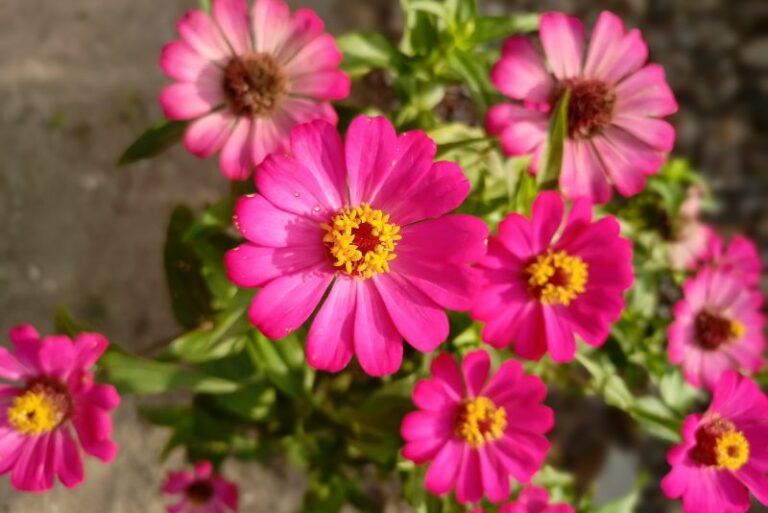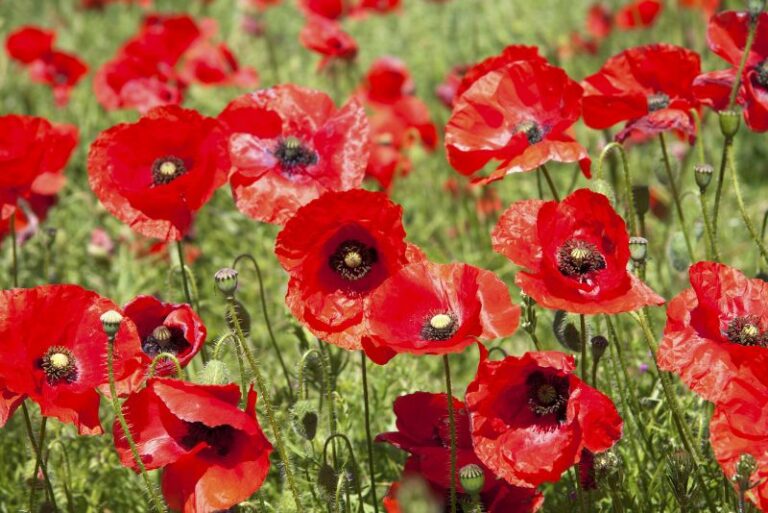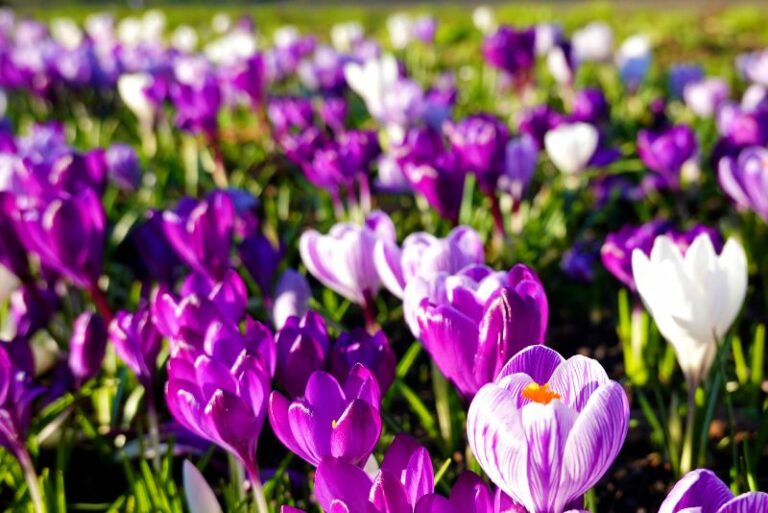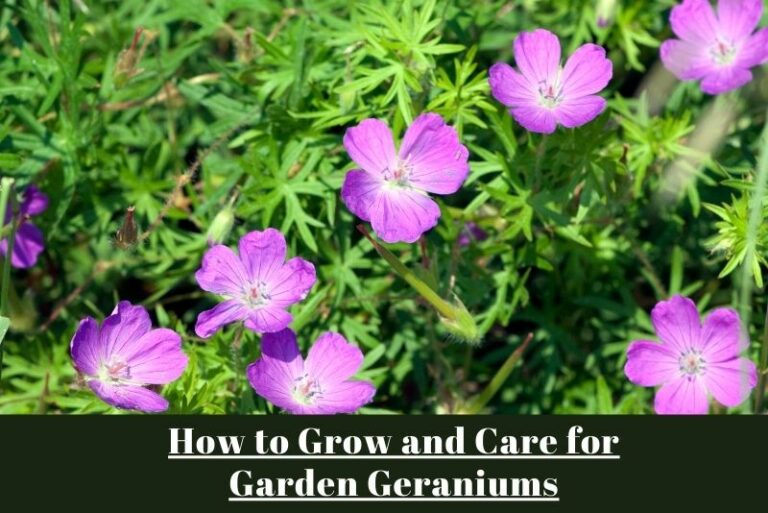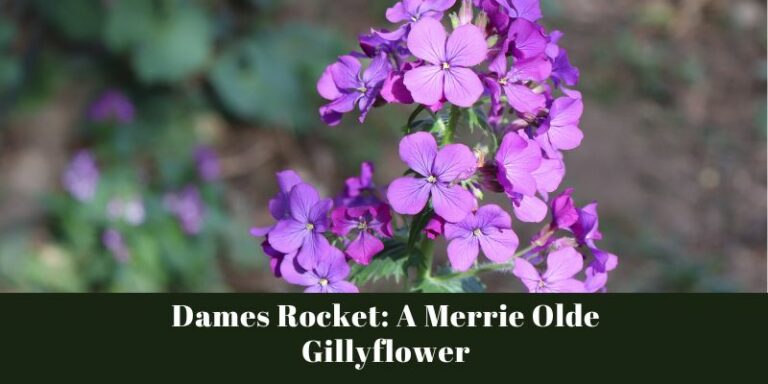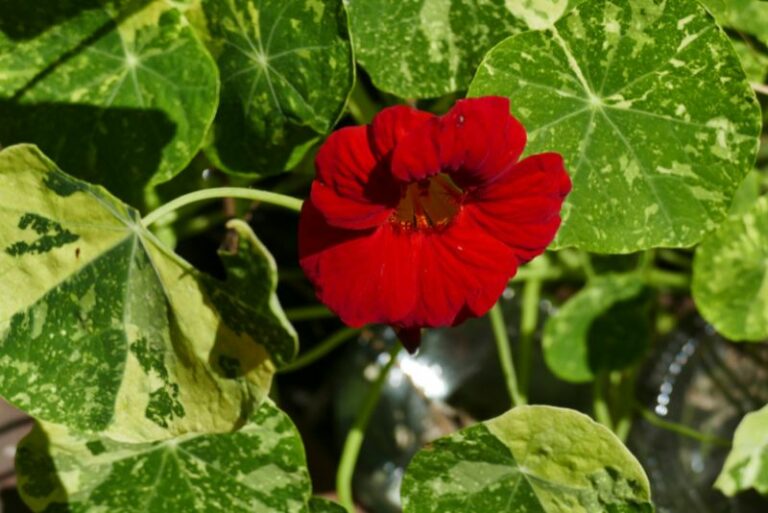Unveiling the Distinctions: French Lavender vs. English Lavender
Lavender, with its fragrant spikes and associations with tranquility, is a beloved herb by many across the globe. Most people can distinctly recognize and appreciate the aromatic purple hues that it contributes to gardens, but not everyone is aware of the nuances between the varieties it comes in.
This post is for the dedicated gardeners and enthusiastic herb cultivators who want to deepen their knowledge of lavender. Today, we explore the differences between two prominent lavender species: French Lavender (Lavandula stoechas) and English Lavender (Lavandula angustifolia).
A Quick Dip into Lavender’s Popularity
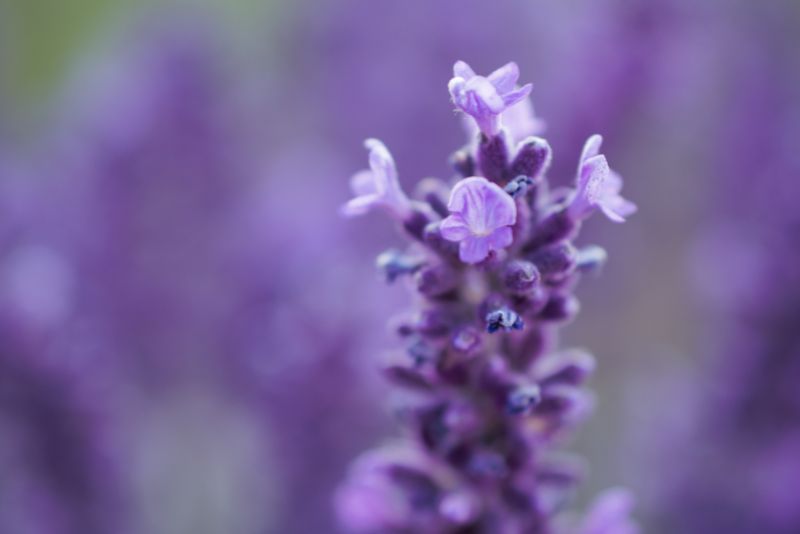
Before we dig into the specifics of French and English lavender, it’s worth noting that the lavender plant has gained a universal appeal. It symbolizes purity, serenity, and grace, making it not only a favorite of gardeners but also a staple in the beauty, home goods, and culinary arenas. Its hardy nature and ease of cultivation have also made it a popular choice for garden enthusiasts and those who wish to add a touch of the Mediterranean to their landscapes.
However, to truly appreciate this plant and all it has to offer, understanding the differences between the two major types is essential. Each variety presents a unique set of characteristics, from their appearance to their cultivation needs to their diverse uses.
Also Read: Exploring the Best Lavender Varieties for Hot Climates
French Lavender: Lively and Distinctive
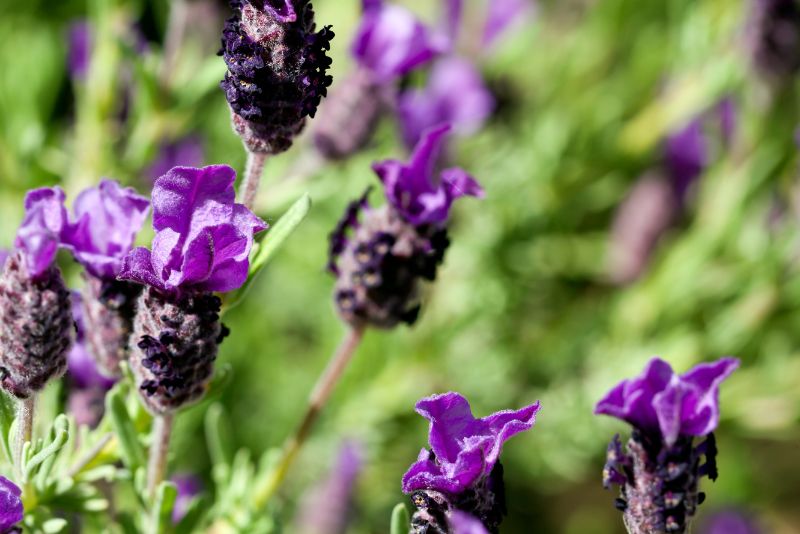
French lavender, also known as ‘Spanish’ lavender, is characterized by its showy, tufted petals atop thin spikes. Unlike the more understated English variety, French lavender sports vibrant petals that are often likened to rabbit ears, giving it a lively and distinct look. This species thrives in warmer climates, making it a staple in many Mediterranean-style gardens.
Botanical Beauty
The scientific name ‘Lavandula stoechas’ is derived from the Italian ‘stoechiol’ meaning ‘excellence’, a nod to the perceived qualities of its oils. The plant can grow up to three feet high, with lush, grey-green leaves that are typically smaller and narrower than English lavender.
Sunlight and Soil: The French Lavender’s Domain
This species craves sunshine and well-draining soil. Full sun exposure is ideal for French lavender, with at least six hours of direct sunlight each day. It’s also not too fussy about soil types as long as it has excellent drainage. During the hot summer months, French lavender delights in the toasty heat and is much more drought-tolerant than its English counterpart.
English Lavender: Elegance in Its Simplicity
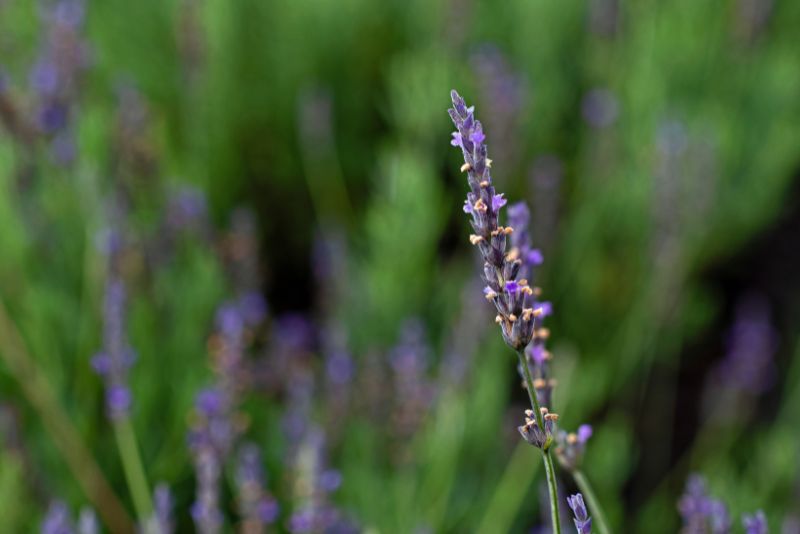
When one thinks of a classic lavender, English lavender is often what comes to mind. This type, known by its scientific name ‘Lavandula angustifolia’, exudes an elegant, simplistic charm with its compact spikes and subtle fragrance that carries notes of sweetness and freshness. It is the quintessential lavender for many traditional uses.
The Classic Look and Feel
English lavender is the smaller of the two, usually growing about two to three feet in height. This variety boasts of broader and longer leaves, with a more silvery hue compared to the French lavender. Its flower spikes are slender and can reach up to eight inches long, culminating in a single row of petals.
Preferring a Cooler Climate
This species is hardy and can tolerate a range of climates, but it prefers cooler temperatures and can be sensitive to extreme heat. It thrives in full sun but appreciates a bit of shade during the peak of summer. English lavender also prefers soil that is slightly alkaline and well-draining, mirroring the conditions of its native Mediterranean habitat.
Distinguishing Factors: More Than Meets the Eye
The distinctions between French and English lavender go beyond their outward appearances. They differ in the aromas they exude, the hues of their blooms, the times and manner in which they flower, and how they’re used in culinary and medicinal realms.
Scent Profiles: A Whiff of Contrast
French lavender emits a more pungent aroma, often described as resinous. It’s less sweet and slightly medicinal, due to the camphor content in its essential oils. English lavender, on the other hand, has a sweet, floral scent that is characteristic of the lavender many have grown to love. It’s this gentler aroma that is often incorporated into perfumes and sachets.
Blooming Behavior: A Contrast in Bloom
Both lavender types bloom from late spring to early summer, but the pattern and color of their flowers separate them. French lavender produces blooms continuously throughout the year if conditions are favorable, while English lavender typically experiences one flush of blooms. English lavender flowers are typically a deeper purple color, whereas French lavender blooms tend to be paler and sometimes tinged with pink.
Culinary and Medicinal Uses
Both types of lavender are utilized in cooking and alternative medicine, but they bring unique flavors and properties to the table. English lavender is the preferred choice for culinary use due to its sweeter taste, and it’s a flavorful addition to desserts, teas, and even meat rubs. In contrast, French lavender’s more robust taste makes it a less common choice for cooking. For medicinal purposes, the two types’ uses vary based on their oil’s differences: French lavender is often used for antiseptic and anti-inflammatory benefits, while English lavender is reputed for its calming effects and as a treatment for anxiety and insomnia.
Cultivating Lavender: Green Thumbs at the Ready
For those wishing to add these lavenders to their garden, cultivation tips are key to ensuring a bountiful harvest and healthy plants year after year. Here’s what you need to know.
Planting and Caring for French Lavender
When planting French lavender, choose a spot that gets ample sunlight and offers protection from strong winds. Remember, this species thrives in a dry and warm climate, so be cautious not to overwater it. Pruning should be done in spring to encourage the growth of new shoots. Also, if you’re in a climate with cold winters, it’s advisable to plant French lavender in pots that can be brought indoors during the cold season.
The English Lavender’s Care Guide
English lavender benefits from a sunny location and well-draining soil. Overwatering is the bane of this plant, so allow the soil to dry before watering again. Prune your English lavender after it blooms to maintain its shape and promote air circulation around the plant. Mulching in the winter can help protect it from extreme cold. If your region experiences particularly harsh winters, consider mulching the base of the plant.
Harvesting Your Lavender: A Time for Gathering
Harvesting lavender is a delightful task that should be timed right to capture the most potent oils and flavor of the plant.
Picking French Lavender
French lavender’s continuous blooming pattern means you can enjoy fresh flowers all season long. When harvesting for potpourri or essential oils, gather the flowers in the early morning, just as they begin to open. Hang the bundles upside down in a dark, well-ventilated place to dry.
The English Lavender Harvest
English lavender’s single flush of blooms should be harvested for drying or oil extraction just as the first few flowers open. This is the time when essential oil production is at its peak. Cut the stems just above the leaves, and dry them in a dark, well-ventilated space for the best results.
Conclusion: Lavender Unleashed
The differences between these lavenders are fascinating and can significantly impact how you choose to use them in your life, from creating a mind-clearing sachet to a deeply flavored dessert.
By knowing the unique characteristics of French and English lavender, you can successfully cultivate and leverage these plants to their full potential. Whether you’re drawn to the vivacious allure of the French lavender or the timeless grace of the English lavender, each type will undoubtedly add a special touch to your garden, recipes, and well-being.
With these insights in mind, I encourage you to head out to your gardening plot and start exploring the world of lavender. There’s so much more to uncover beyond the charming appearance and soothing scent—you’re on the brink of discovering a rich tapestry of flavors and benefits that these perennial favorites have to offer. Happy planting!

